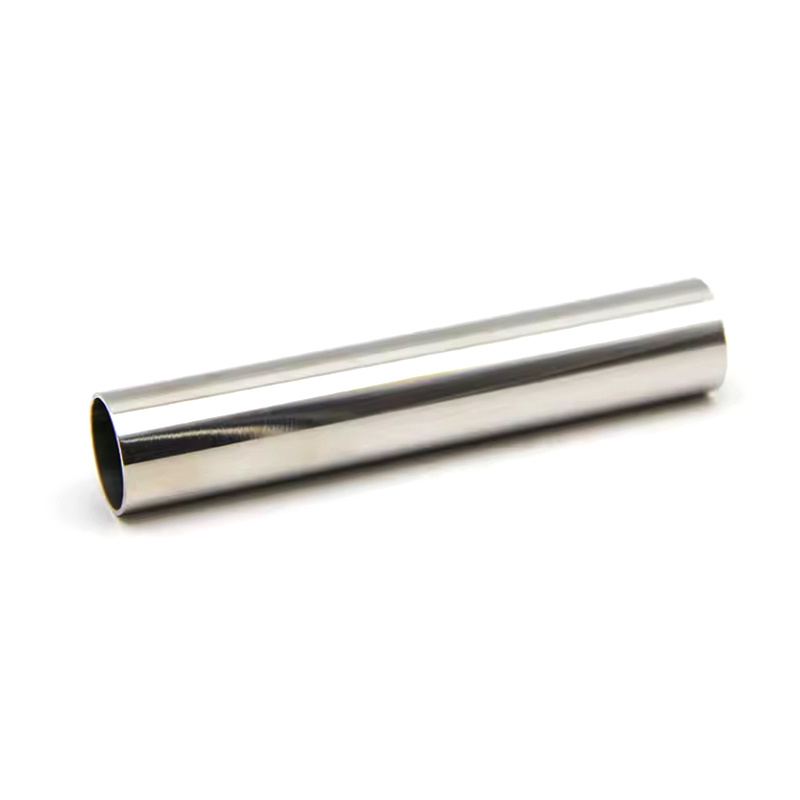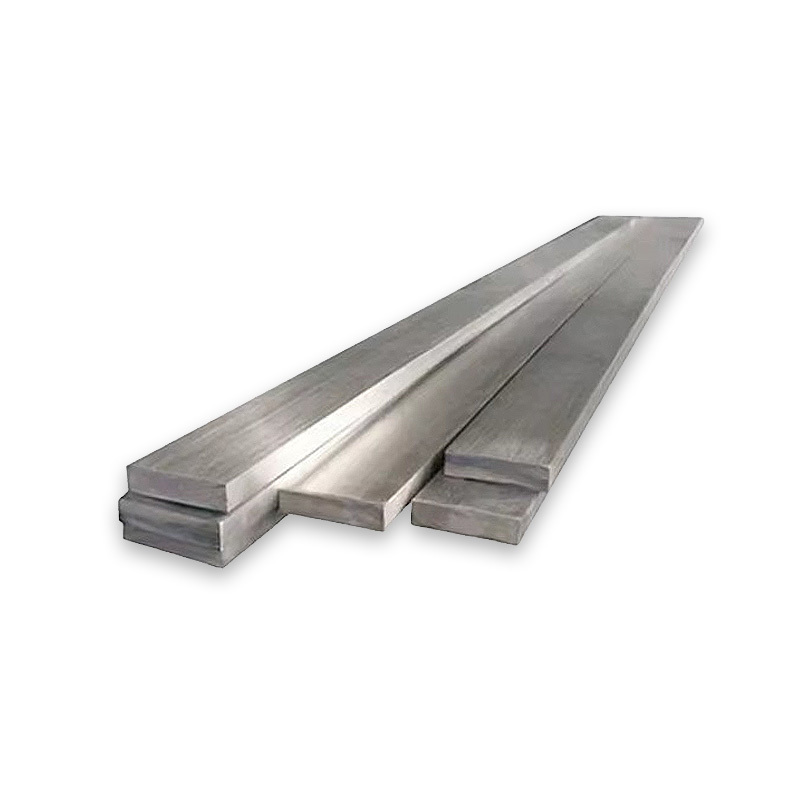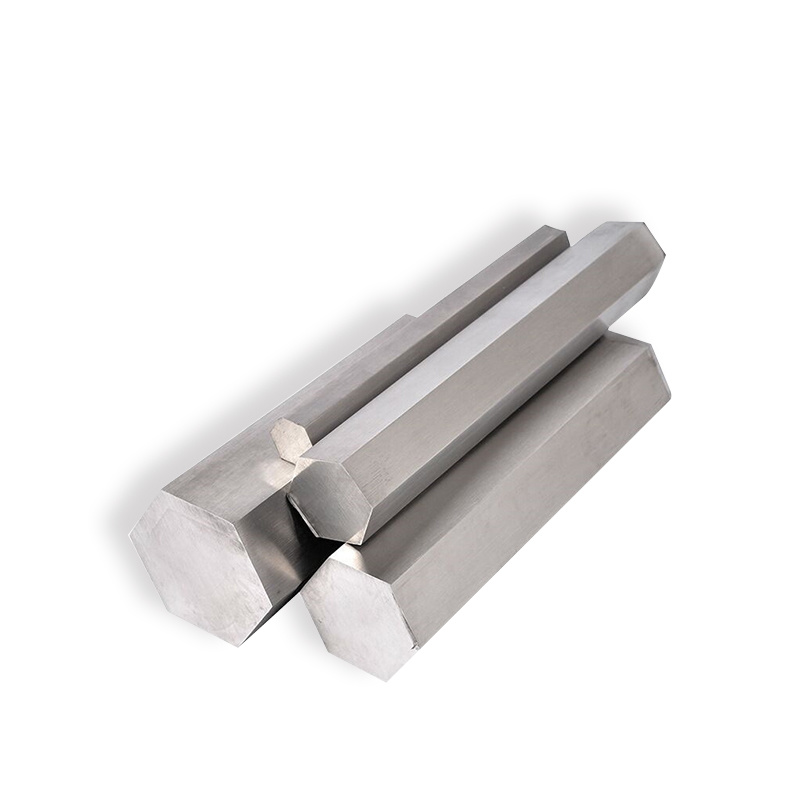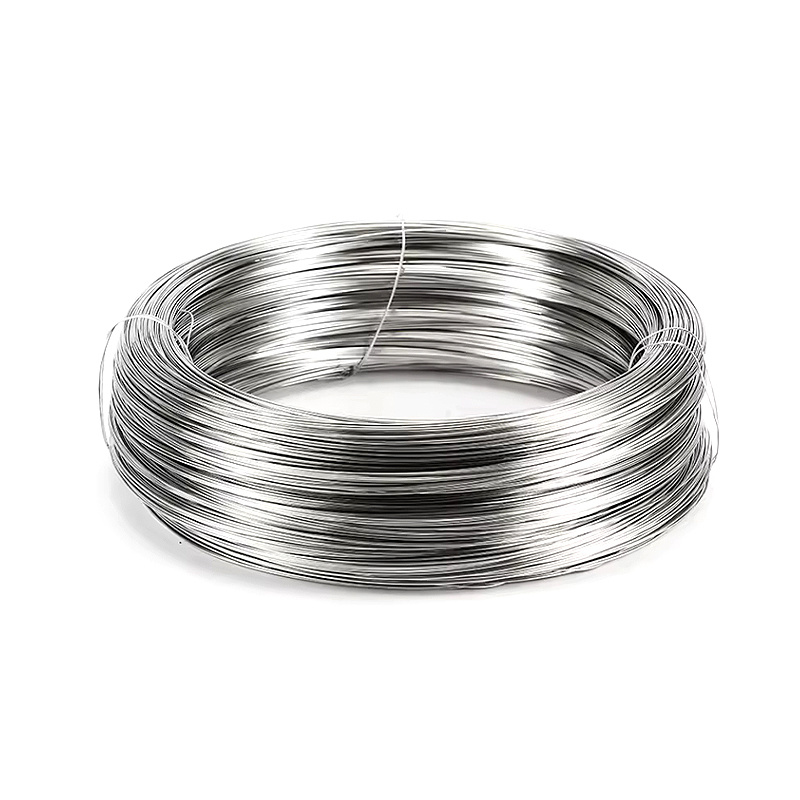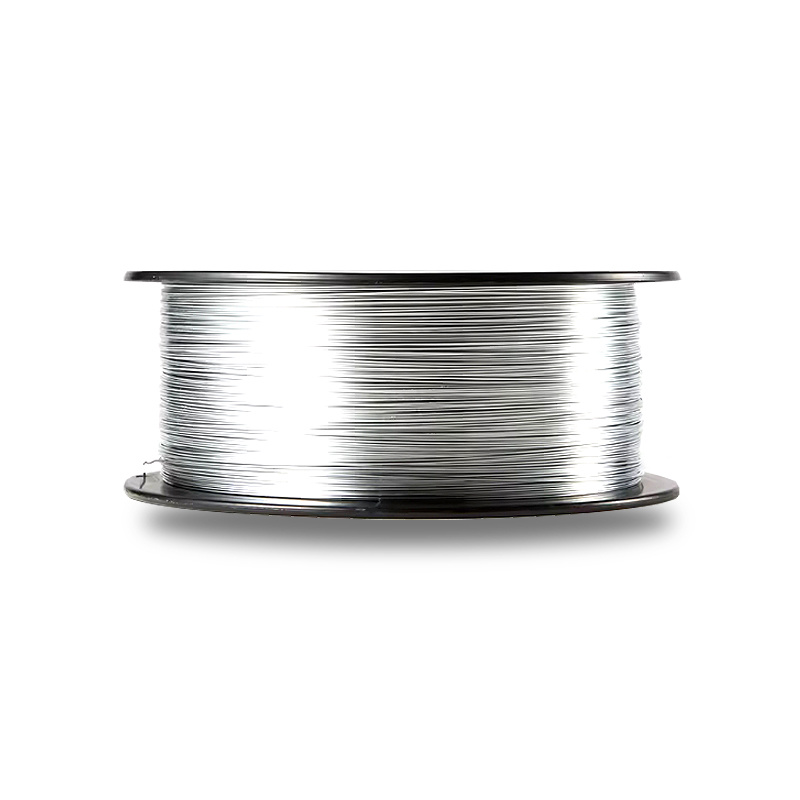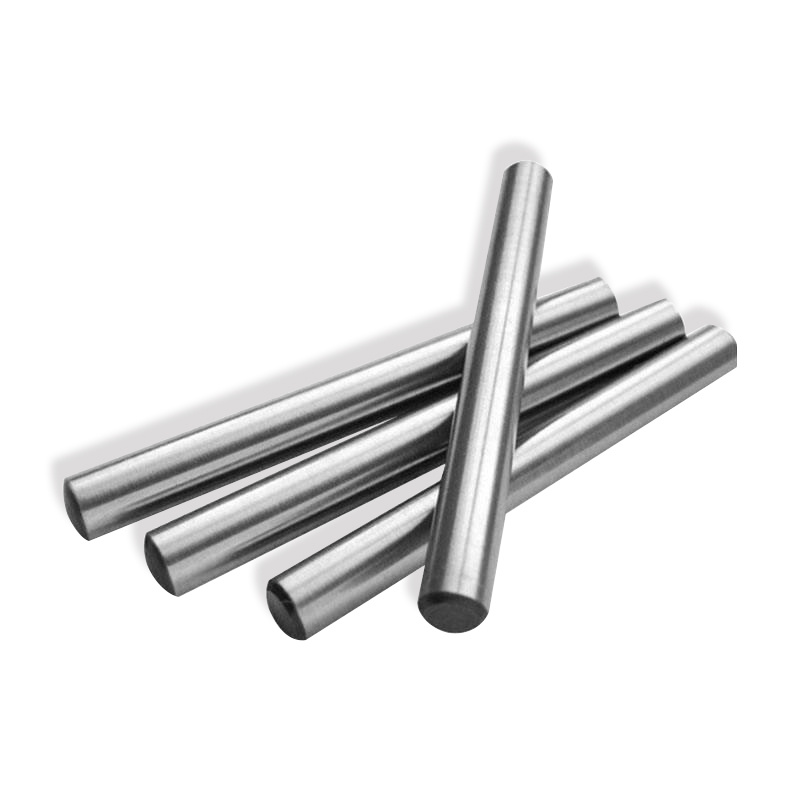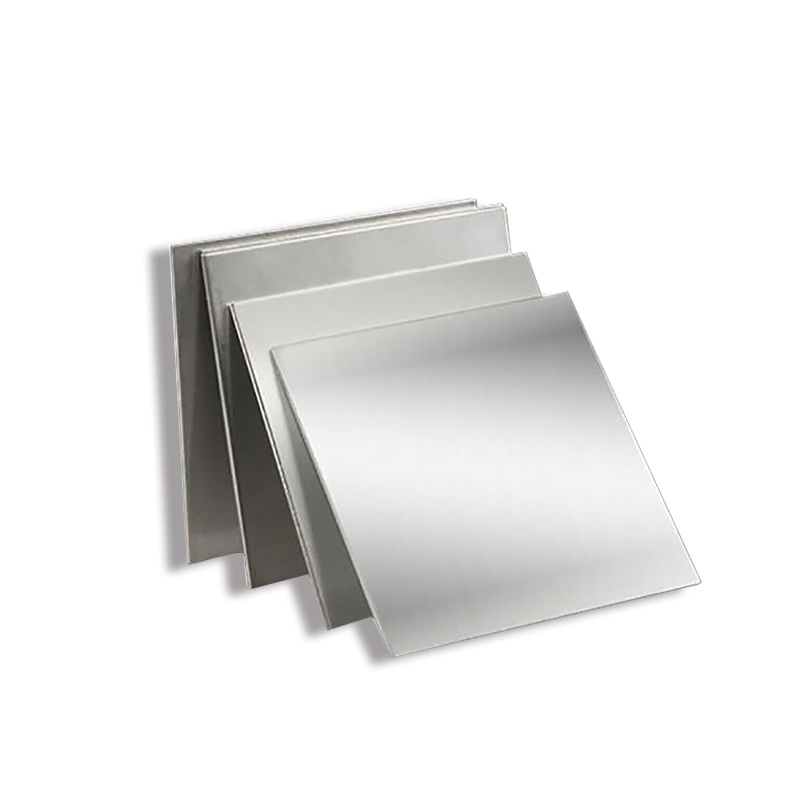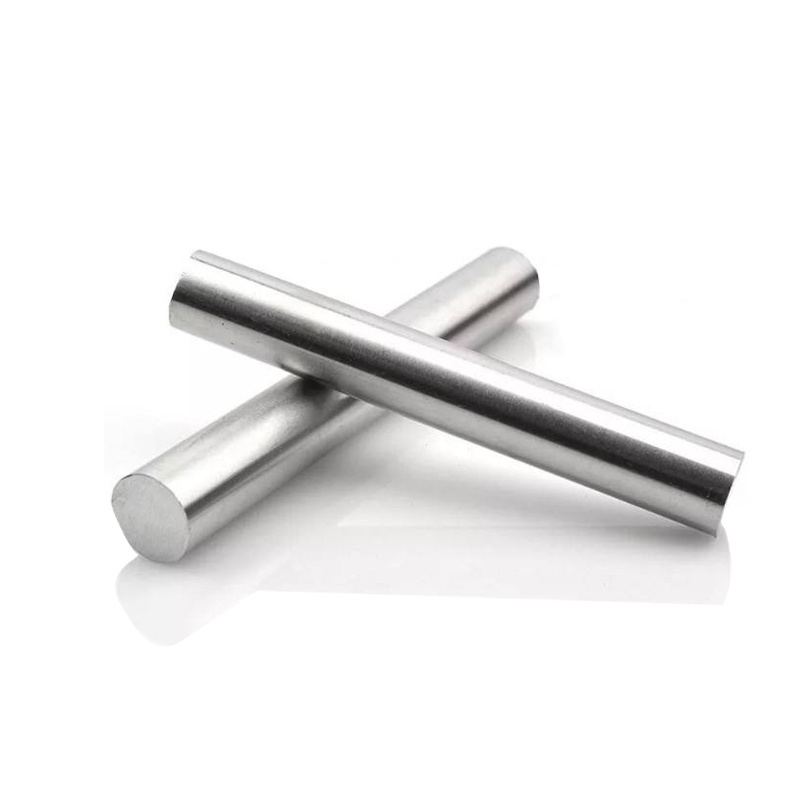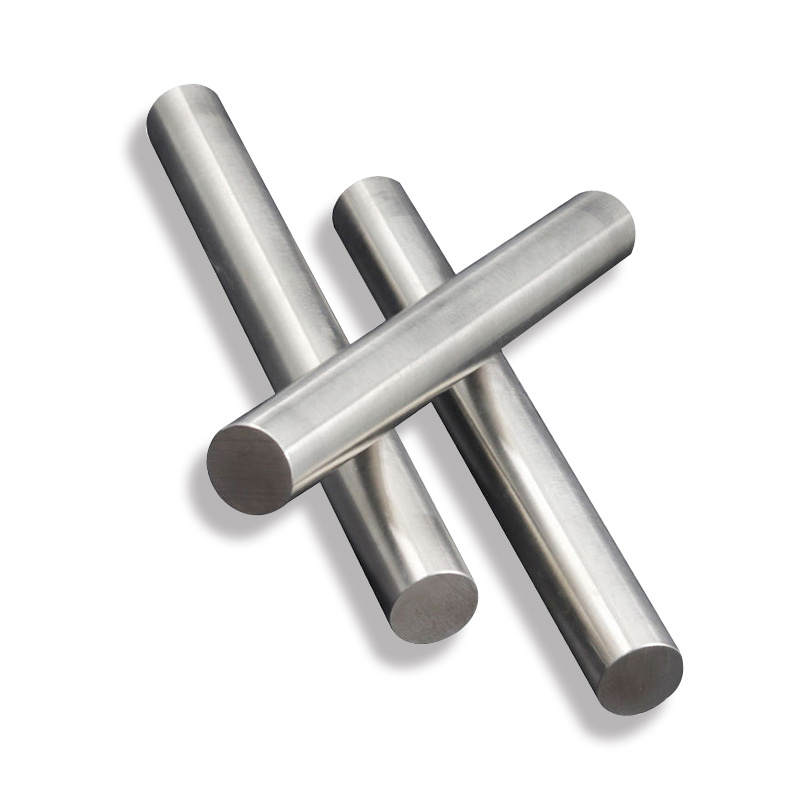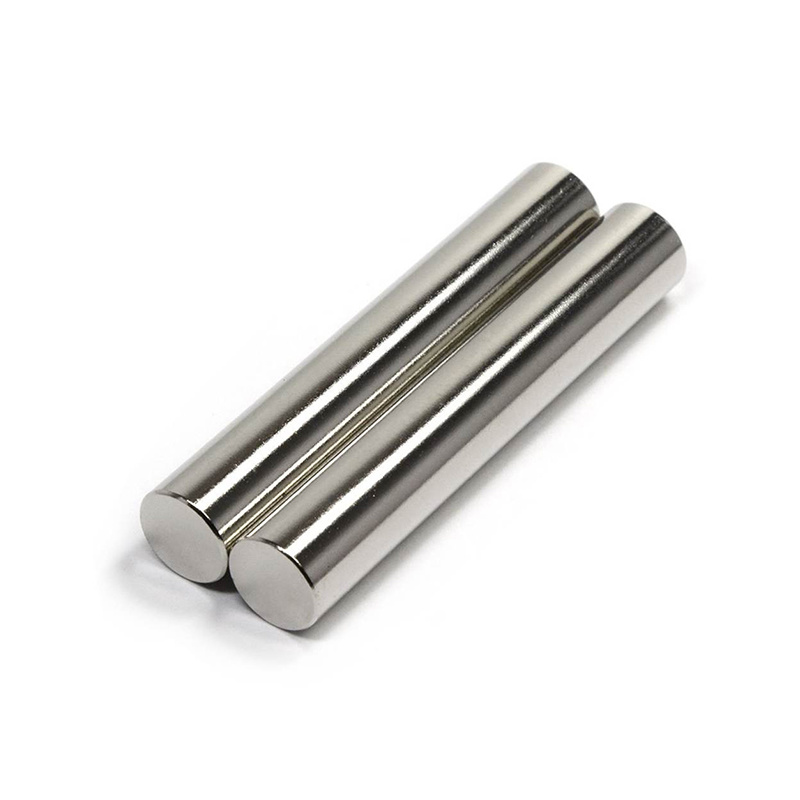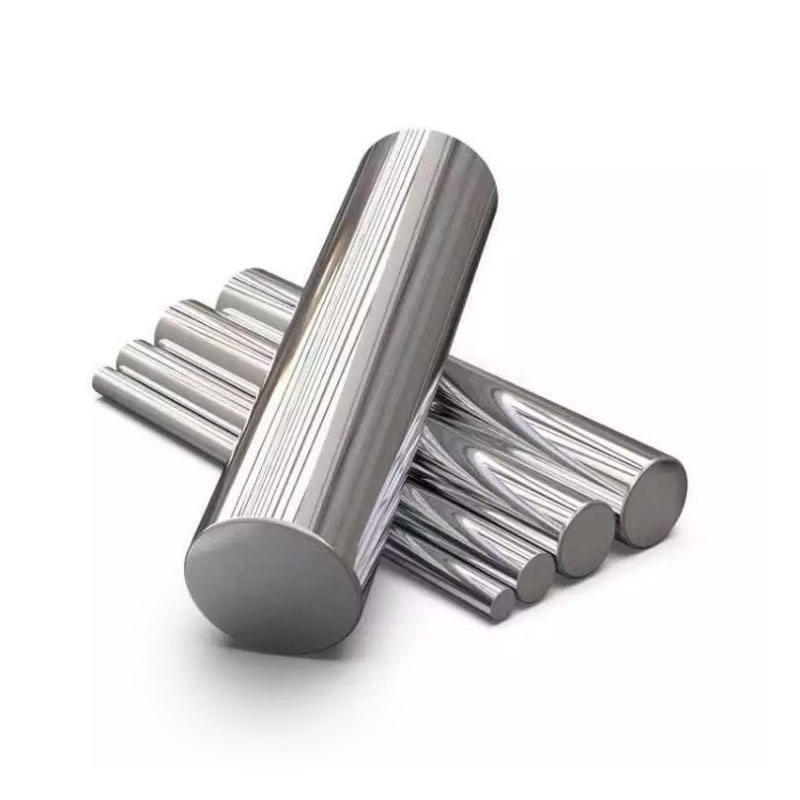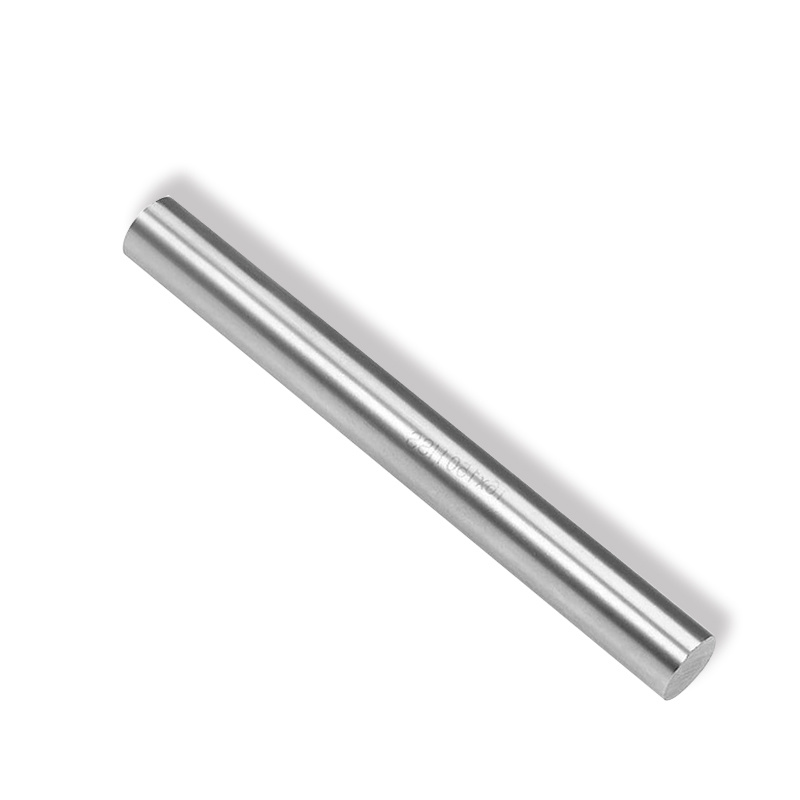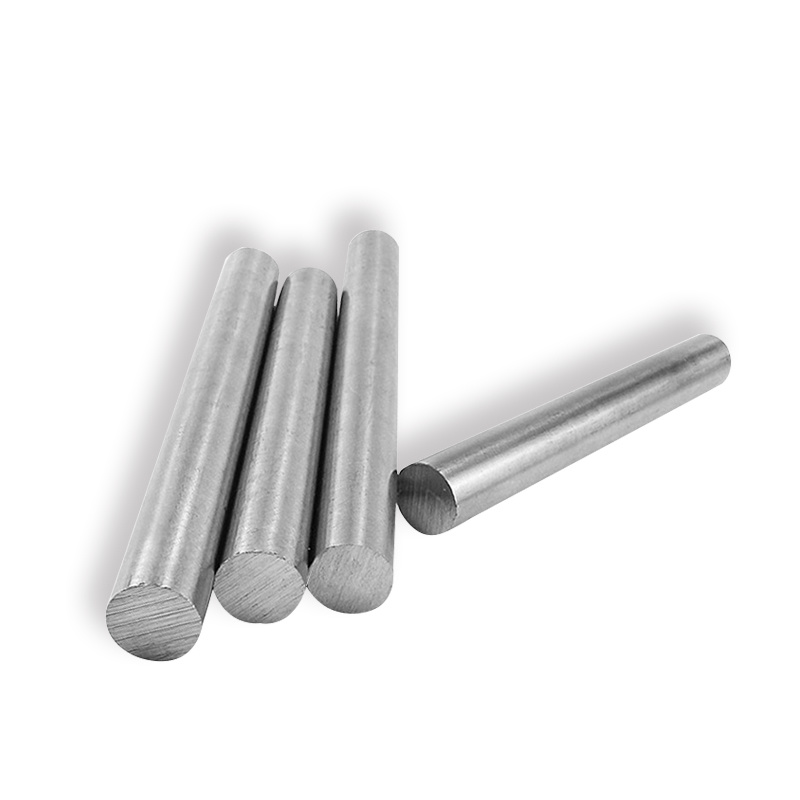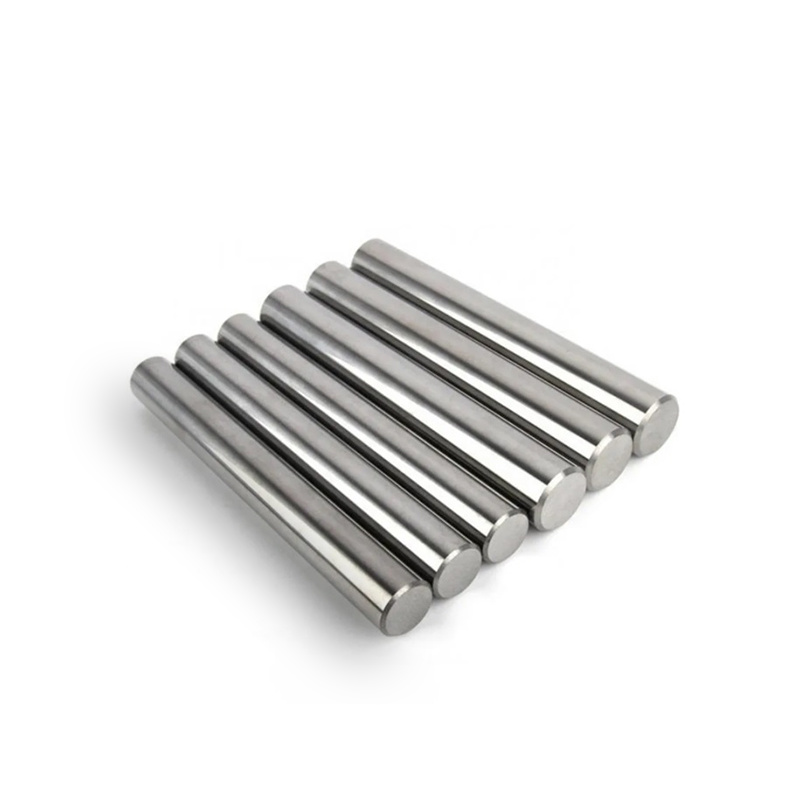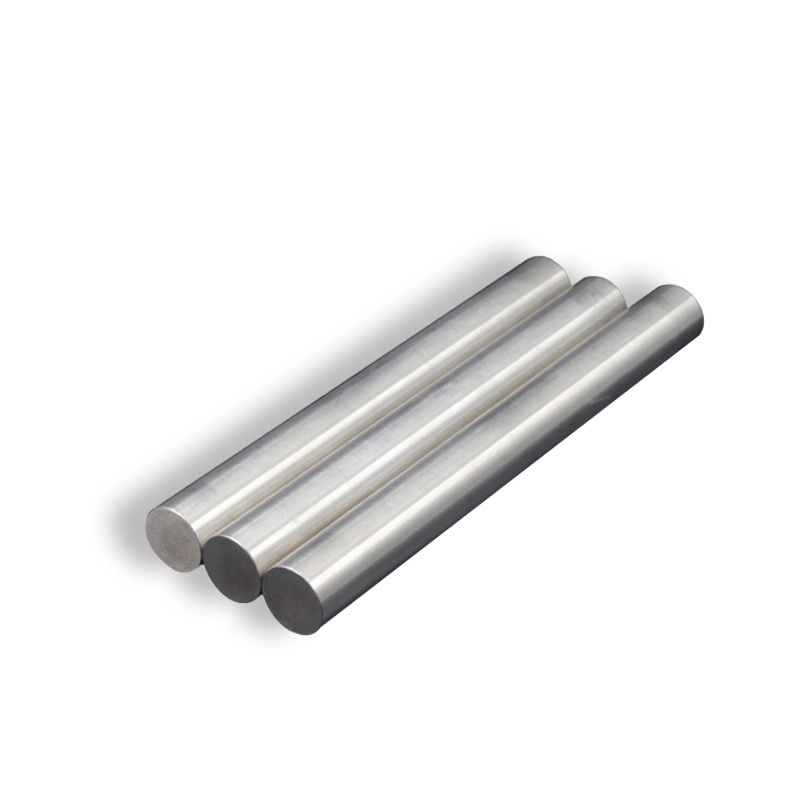Categories
Stainless Steel
Stainless steel welded pipes are manufacture from premium quality stainless steel materials, which offer excellent mechanical properties, including high strength, toughness, corrosion resistance, and excellent welding characteristics.
Seamless tubes are as defined – they do not have a welded seam. The tubing is manufactured through an extrusion process where the tube is drawn from a solid stainless steel billet and extruded into a hollow form.
Stainless steel flat bar is a common use case for polished stainless steel, typically 304 stainless steel. Flat bars are used for various structural supports and functional elements, including braces, trim, frames, and more.
Stainless Steel Hex Bar is used in applications that require additional strength. The additional strength comes from the geometry of the hex bars. Stainless steels are in different types such as ferritic, austenitic, martensitic and duplex.
Stainless steel wire is the raw material for screws, springs, metallic net, cable wire and hardware. It is widely used in filter, building and important for electronic parts, oil and fiber industry, kitchenware and hardware.
Stainless steel wire is the raw material for screws, springs, metallic net, cable wire and hardware. It is widely used in filter, building and important for electronic parts, oil and fiber industry, kitchenware and hardware.
304 stainless steel, as one of the most commonly used types of stainless steel, is an outstanding material when it comes to corrosion resistance, heat resistance, low temperature strength and mechanical properties. In addition, it has exceptional hot-workability so it leaves no heat treatment hardening phenomenon.
304 stainless steel highly stands out in terms of corrosion resistance, heat resistance, low temperature strength and mechanical properties, being one of the most widely used types of stainless steel. In addition, it has exceptional hot-workability such as stamping and bending, without leaving heat treatment hardening phenomenon.
304L stainless steel is remarkably similar to 304 stainless steel in their chemical composition. but there is one key difference. In grade 304 stainless steel, the maximum carbon content is set at 0.08%, whereas grade 304L stainless steel has a maximum carbon content of 0.03%. This is why the “L” in 304L can be interpreted as extra-low carbon. It is widely used in the production of equipment and parts that require better corrosion resistance and formability.
Similar to 304 stainless steel, 304L stainless steel has one key difference in its chemical composition. The maximum carbon content of 304 stainless steel is 0.08%, whereas grade 304L stainless steel has a maximum carbon of only 0.03%. This is why the “L” in 304L can be interpreted as extra-low carbon. It is usually used to produce equipment and parts that demand better corrosion resistance and formability.
316 stainless steel has extra 2-3% molybdenum, in addition to iron, chromium and nickel. Molybdenum significantly leads to better performance of 316 stainless steel in certain corrosive environments containing chlorides. So it is a very common choice in situations requiring higher corrosion resistance.
316L stainless steel, similar to 316 stainless steel, has a lower amount of carbon of no more than 0.03% in its composition. This is meant to reduce the risk of carbon precipitation, to make a better choice for welding to achieve maximum corrosion resistance.
309 stainless steel is a stainless steel material featured by excellent corrosion resistance and high temperature performance. 309 stainless steel bars are widely used as manufacturing parts in aviation, chemical industry, petroleum, food processing fields
440C stainless steel, as a high carbon martensitic stainless steel, is widely favored for its high strength, moderate corrosion resistance, and good hardness and wear resistance. It has the property to achieve the highest strength, hardness and wear resistance of all the stainless alloys after heat treatment.
2205 Duplex Stainless Steel Bar
2205 Duplex stainless steel alloy bar is made of a duplex stainless steel composed of 22% chromium, 2.5% molybdenum and 4.5% nickel nitrogen alloy, which accounts for its high strength, good impact toughness and good overall and local resistance to stress corrosion.
2507 Duplex Stainless Steel Bar
2507 duplex stainless steel bar is made of a special ferritic-austenitic duplex stainless steel featuring excellent corrosion resistance. It performs comprehensive protection against point corrosion, crevice corrosion and uniform corrosion through the unique ratio of chromium and molybdenum elements.
201 stainless steel is the steel that is resistant to the corrosion of weak media such as atmosphere, steam and water, while acid resistant steel refers to the steel that is resistant to the corrosion of chemical corrosive media such as acid, alkali and salt.
302 stainless steel is an austenitic stainless steel consisting partially of 18% chromium and 8% nickel. Its chemical composition is reliant heavily on reasonable alloy design to fulfill a number of excellent properties.




